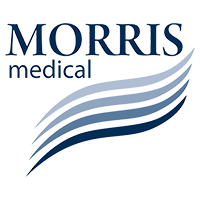| Compression Level1 |
Indications2 |
CCL 1
18-21 mmHg |
- Heaviness and fatigue of the leg
- Mild varicose veins during pregnancy
- Mild varicose veins without significant oedema
- Prophylaxis of thrombosis and embolism for immobile patients
- Prophylaxis during travel (Economy Class Syndrome)
|
CCL 2
23 – 32 mmHg |
- More severe varicose veins during pregnancy
- Varicose veins with mild oedema
- Post superficial and deep venous thrombosis
- Post sclerotherapy, venous surgery or thermal ablation
- Chronic venous insufficiency (CVI)
- Management of healed venous ulcer
- Prevention of DVT and oedema
- Post-thrombotic syndrome (PTS)
- Prevention of PTS
- Post-traumatic oedema
|
CCL 3
34 – 46 mmHg |
- Pronounced varicosis with severe oedema
- Severe chronic venous insufficiency
- Treatment of active ulcers and recurrent ulcers
- Severe post-traumatic oedema
- Lymphoedema
|
CCL 4
>49 mmHg |
- Severe post-thrombotic syndrome
- Severe lymphoedema
|
1) There are different official standards for compression classes. The compression classes listed in this table correspond to the German GZG standard (Quality Mark Association for Medical Compression Stockings)
2) The allocation of the contact pressures and compression classes relating to the indications is not binding. They are suggestions which can be adjusted by the prescribing doctor based on the stage of the disease. The aim of the compression is to reduce the pain of patients and alleviate the disease. The compression class must also be measured against this target.
